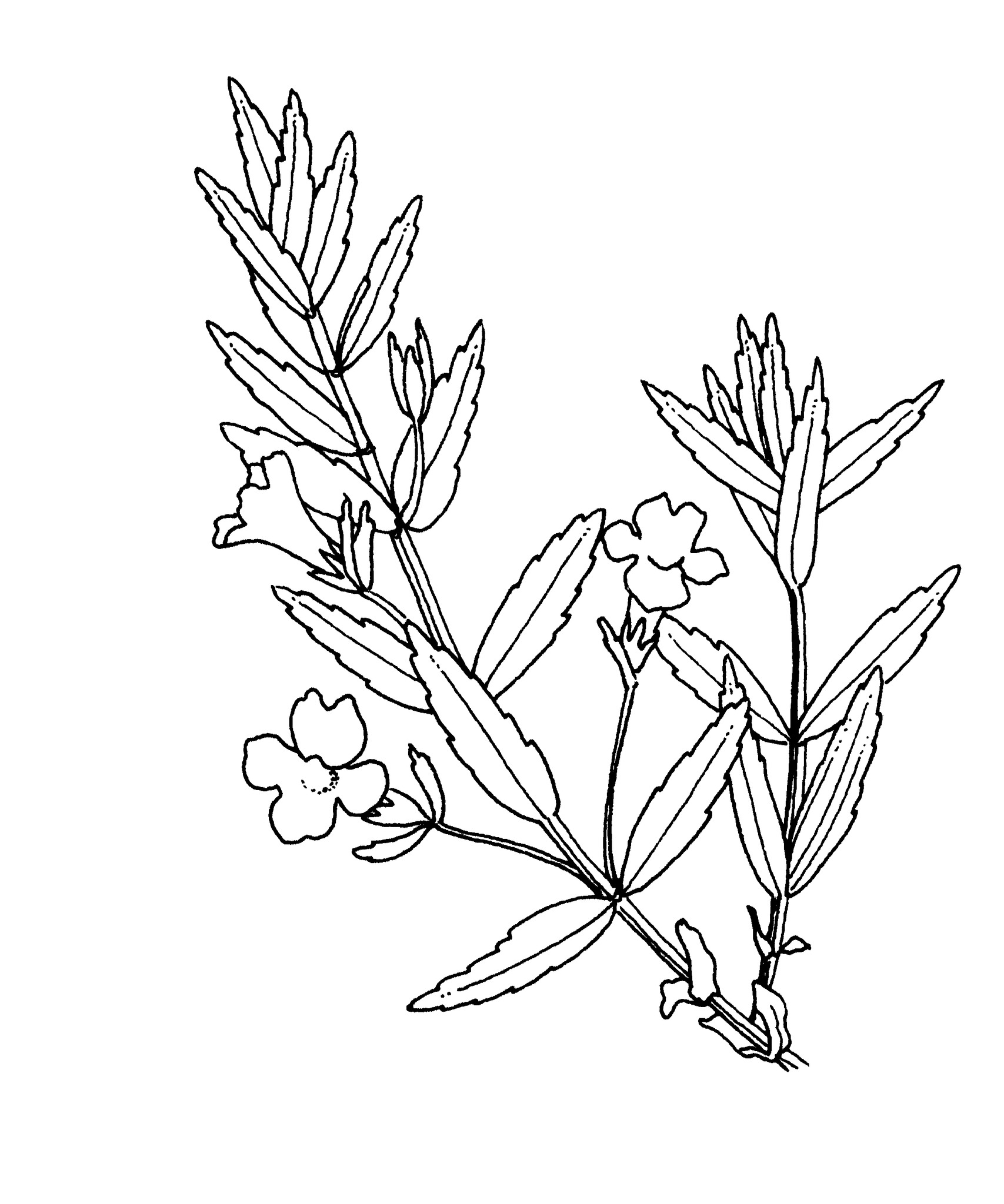
Latin gratia — thanks, referring to the medicinal potency of G. officinalis.
Erect or creeping herbs. Leaves opposite, entire or toothed, mostly stalkless. Flowers solitary and axillary. Calyx 5-lobed. Corolla 2-lipped, the upper lip smaller, tube broad, yellow or white. Stamens 5, 2 fertile, remaining 3 absent or sterile. Fruit capsule with 4 valves containing numerous small seeds.
Rarely cultivated plant, grown mostly as a medicinal curiosity since all parts are poisonous.
Seed or division.
Extracts were once used for a range of medicinal purposes.
Herbs with thin leaves; sepals fused for less than half their length; bracteoles present between calyx and bract; corolla 2-lipped, cylindrical; fertile stamens 2.
About 25 species from Australasia, Eurasia and the Americas. Australia has 5 species.
Source: (2002). Scrophulariaceae. In: . Horticultural Flora of South-eastern Australia. Volume 4. Flowering plants. Dicotyledons. Part 3. The identification of garden and cultivated plants. University of New South Wales Press.
